 Five areas to focus on in 2018
Five areas to focus on in 2018
Welcome to 2018. Summing up and reviewing 2017 is so last year, so here are the five energy management issues you will find yourselves focusing on this year.
1. Changes to the Business Energy Efficiency Taxation Landscape
A surprising number of energy managers will not have even heard of the new tax regime that will be coming into play first quarter 2019. The tax will replace the Carbon Reduction Commitment (CRC), and will be levied through the Climate Change Levy (CCL). The new regime is already set in stone with the taxation levels set. The area that has not been finally decided upon is the mandatory reporting framework that will be introduced in 2019. One of the main complaints that EMA members had, was the work associated with two sets of reports CRC and GHG. These will be merged which should cut down on the administration.
Here is the reason it is the top item. The reporting will be part of both, a company’s accounts and most likely part of the company’s report supplied to Companies House. This means that energy efficiency measures will be a far higher priority for Boards to show to their shareholders and the wider community that they are taking energy reduction seriously and that they have a plan to reduce emissions.
2. Energy Savings Opportunity Scheme (ESOS) and preparation for the ESOS Phase 2 deadline in 2019
Phase 1 of ESOS had mixed reviews about its effectiveness. The reason for this is probably because for many it was seen as a bureaucratic exercise with little appetite for implementing the measures proposed. The reason that Phase 2 of ESOS in 2019 should be different, is that instead of a mad dash to comply at least cost, companies with the steep rise in fuel price in mind should start taking the proposed energy efficiency measures seriously. Also the link to the work needed to meet the obligatory report for the Business Energy Efficiency Taxation regime will put the measures front and centre in the Boards thinking.
3. Battery Storage
Batteries are the hot topic of the moment, but 2018 will be the transition year, moving batteries from concept to mainstream. The reason that batteries will be widely adopted in 2018 is not them being new technology, but a change in the income stack linked to batteries use. The real value of batteries based at sites, from commercial down to eventually domestic sites, is the ability to load shift power from off peak to reduce demand at peak. The demand reduction will be paid for through Balancing Mechanism Units (BMUs). The trade in BMUs, especially as large parts of the grid are under stress, change the income stack making batteries profit centres. It may mean that energy managers will not have to buy batteries; rather independent aggregators will pay sites to house batteries that will be used by the aggregator to reduce demand from the grid which will earn BMUs. Energy managers will be in the happy position of making money from the use of batteries on their sites with no restriction on use or interruption to supply by the site and emergency backup if the grid goes down, whilst at the same time avoiding any CapEx spend.
4. Transport
Transport will be important to energy managers in two areas, electric vehicles (EVs) and reporting. There has been a great deal of talk of the shift to an electric vehicle based transport system in the UK. In reality this will take a few years, although the uptake of EVs will accelerate, pardon the pun. 2018 will however be the year in which the problems of supplying power to EVs, through an overstretched grid, become a real issue. An electric vehicle basically doubles the power that a domestic house uses and this demand problem is exacerbated if your car is on charge at peak periods. Therefore if you as an energy manager are being persuaded to move your fleet to EV make sure you actually have the power capacity to meet the needs of charging points.
Reporting is going to be the second area that will affect energy managers. Transport is already an issue for ESOS, however it will also be part of the mandatory reporting mechanism of the new tax regime discussed earlier. Transport has often been seen as outside the usual remit but the new tax will put it firmly in the energy managers’ bag. If like the majority of energy managers, you are not sure how to deal with the complexities of the grey fleet, the EMA will be helping out by producing and running a training course. The energy use of transport that could include air travel, is for many companies a large segment of their emission profile, 2018 is the year to start understanding exactly how much energy your company’s transport needs equates to.
5. Brexit
It would be difficult to avoid this one. However, I will be brief and point out the need to understand how the rollercoaster that Brexit is, will affect fuel prices. We are already feeling the inflationary effect that the fall in the value of Sterling has had. The second shock could be over tariffs. Will electricity and gas coming over the interconnectors and gas face a tariff hurdle? As yet, this issue has taken a backseat but it should not be ignored. The present rate of inflation is largely due to the increase in fuel prices, a direct result of the fall in the value of the pound. Tariffs will increase prices and so keeping an eye on the market’s reaction to the ongoing talks will help you to budget, especially if it is not all plain sailing. Price hikes will almost certainly follow if there is a threat of trade barriers, however the good news is energy efficiency becomes even more attractive, certainly a silver lining then.
Our efforts at the EMA to foster a more developed profession and increase awareness of energy management will continue throughout this year and we hope that you will be the part of it and help us enhance best-practice exchanges and make energy management improvements. Best wishes for an amazing, productive, creative year lived in good health and happiness.

